This
post was originally published on
this sitehttp://chriskresser.com/

The health benefits of having access to “green space”—from dense forests, fields, and lush parks to simple garden spaces, tree-lined streets, or a humble backyard—are well documented in scientific literature. This shouldn’t come as a surprise given that, as humans, we evolved in nature for most of our species’ existence. If we want to experience vibrant health and well-being, we need to step away from our screens and reestablish that ancestral connection. Keep reading for a look at the latest research, plus great ways to increase your exposure to the great outdoors.
An Ancestral Perspective: Going Green Is as Old as Time
You might be asking, how could being in nature be so essential to wellness? The simplest answer: it’s in our DNA. For hundreds of thousands of generations, human beings lived, worked, ate, played, and slept outdoors in the most lush, verdant natural environments they could find. Never before in our history have we spent as little time in contact with plants and animals as we do today. And as you’ll come to learn, our health is suffering as a result.
Just as we didn’t evolve to eat an industrialized diet full of
processed and refined foods,
we also didn’t evolve to live lives disconnected from nature.
In the 1990s, scientist and Pulitzer Prize-winning author E. O. Wilson labeled this concept—that humans have an innate affinity for the natural world—the “biophilia hypothesis.” Since then, his theory has been supported by a wealth of clinical evidence.
Of course, he couldn’t have known exactly how technology would develop—that it would, in effect, replace the elemental need to connect with nature with an altogether different need (an addiction, for some)—to be wired and plugged in, 24/7. Journalist Richard Louv hit on this in his book Last Child in the Woods. He introduced the idea of “nature-deficit disorder,” a term that applies to children and adults alike who stare at screens instead of playing outside. This leads to a whole host of consequences. Fortunately, turning that deficit into an abundance can mean big health benefits.
Three Big Health Benefits of Green Space
I’ve isolated these benefits in order to highlight specific research, but keep in mind that all of these impacts on health also work together synergistically to improve well-being. For example, reducing your stress shores up your immune system, while robust immunity means less disease, which confers longevity, and so on.
1. Green Space Strengthens Your Immune System
Nature boosts our natural immunity, and some of the best proof here (along with research to back it up) comes from Japan. There, many citizens regularly participate in shinrin-yoku, a practice that translates as “forest bathing.” These leisurely visits to the forest increase the activity of natural killer (NK) cells, a component of the immune system that helps the body fend off tumors and viruses.
In one study, subjects took a three-day/two-night trip to the forest. Researchers collected blood and urine samples from the participants on days two and three of the trip and on days seven and 30 after the trip. They collected the same measurements on normal working days as well to act as controls. Not only was NK activity significantly higher on forest-bathing days, but the increase in activity, along with an increase in the number of NK cells, remained long after the trip was over—30 days after. To further pinpoint nature’s effects versus, say, time away from work, the researchers also had participants take trips to the city, which did not increase NK action. (1)
Phytoncides, essential wood oils emitted by plants and trees, seem to be responsible for the effect on NK activity. (2) Sunlight also appears to regulate immune function: exposure reduces the risk for autoimmune diseases, particularly multiple sclerosis. (3, 4)
2. It Boosts Your Mood
In general, exposure to nature is correlated with greater life satisfaction. (5) More specifically, research has also connected green space to reduced stress and incidences of depression and anxiety.
In a study of more than 11,000 adults from Denmark, researchers found that participants who lived more than roughly half a mile away from green space were 42 percent more likely to report high stress levels than those who lived closer to green space. (6) Interestingly, a similar study suggests that green space acts as a buffer to stress’s detrimental effects on the mind and body: participants who had recently experienced major life stressors, such as financial difficulties or relationship problems, but who had more green space in a certain radius around their home had fewer health complaints than their peers who also faced stressors but had less green space nearby. (7) One possible explanation? Green space appears to modulate our stress hormones; in particular, it lowers cortisol levels. (8, 9) Chronically high cortisol levels can have far-reaching impacts on health, including brain damage.
Recently, researchers at the University of Washington evaluated pairs of twins and found that the twin who lived among denser vegetation had a lower risk of depression. (10) An older study out of the Netherlands found that people with only 10 percent green space in a close radius around their home had a 25 percent greater risk of depression and 30 percent greater risk of anxiety disorders when compared to those with the greatest amount of green space in the same radius around their house. (11)
3. It Helps You Live Longer
Research conducted in the United States, United Kingdom, and China have found that people who live in the greenest areas have a reduced risk of mortality from all causes, as well as a reduced risk of mortality due to kidney disease, respiratory disease, cancer, and stroke. (12, 13, 14, 15)
How Green Space Reduces Your Risks of Developing Chronic Diseases—Even Cancer
In the same Dutch study I mentioned above, researchers found the annual prevalence rate of 15 of the top 24 diseases to be lowest amongst those living in the greenest environments. (16)
These results may be in part attributable to
sunlight. As I’ve shared before,
vitamin D deficiency is implicated in
at least 17 types of cancer, heart disease, type 2 diabetes, and the list goes on.
It May Reduce Your Risk of Diabetes
While it’s possible that green space makes people more willing to exercise—helping them in that way to maintain a healthy weight and reduce their risk of developing type 2 diabetes—some studies suggest that something else is at play. (17) For example, in one Japanese study, participants’ blood glucose levels dropped after a session of forest bathing, an effect found independent of the distance they walked during their time outside. (18) In a 2016 study, people living in neighborhoods with the greatest amount of green space had a 19 percent reduced risk of developing diabetes than those in the least green areas, regardless of their age, sex, socioeconomic status, family history, and, importantly, BMI. (19)
It Improves Your Cardiovascular Health
Spending time in nature lowers blood pressure and pulse rate and increases heart rate variability, a marker more and more experts are looking to as an indicator of health and resilience. (20, 21, 22) There’s also a connection between increased exposure to green space and a lower incidence of coronary heart disease. (23)
Green Space Can Help Your Body Fight Cancer
Remember those NK cells I mentioned earlier? They have the power to kill tumor cells by releasing anti-cancer proteins, which forest-bathing has been shown to increase, along with the number and activity of the NK cells themselves. (24) Indeed, when Japanese researchers compared data on forest coverage across the country with national cancer data, they found lower rates of lung, breast, and uterine cancers in women and prostate, kidney, and colon cancers in men who lived in areas with higher forest coverage, a fact that remained even after factoring in smoking and socioeconomic status. (25)
It Protects against Alzheimer’s Disease
Green space may also reduce the risk of Alzheimer’s. Higher levels of residential greenness are correlated with a slower rate of cognitive decline later in life. (26, 27) Green space also improves overall cognition. (28, 29, 30)
Three Easy Ways to Get More Exposure to Green Space
Even if you’re convinced that you need to get outside more, it’s not always simple to do. You may not have wooded hiking trails at your doorstep, or your schedule may feel too jam-packed for a leisurely “forest bath.” You might live in a densely populated city in a high-rise apartment, with no common green space. Or you may live in a community where cars have taken over and sidewalks have lost ground to widening roadways. Maybe you think it’s too cold or too hot, too rainy or too snowy.
Just remember, wherever you live and no matter how busy you are (or uncooperative the weather may be), you can green up your days.
Here are three simple ways to get out there.
1. Take Your Exercise Outside
Go for a walk at your local park (wear layers and a hat if it’s cold, or sweat-wicking fabrics if it’s hot) rather than plugging away on the treadmill in your fluorescent-lit gym. Take advantage of mild days and move your workout routine into nature, especially if it’s sunny. Even if you’re in an urban environment and can only hit the sidewalk, you’ll still get much-needed sunshine. People who work out outside tend to exercise more, and that outdoor exercise may even confer greater physical and mental benefits than exercise indoors. (31, 32)
2. Bring the Outdoors In
Just being around potted house plants can improve memory recall, minimize health complaints and discomfort, and reduce anxiety. Even if you don’t have a green thumb, you can find low-maintenance varieties of ivy and cactus. Grow a container herb garden on your windowsill. If it’s midwinter, try forcing some bulbs like paperwhites and enjoy an early glimpse of spring. Or fill a vase with some local fresh flowers and greenery. (33, 34, 35, 36)
3. Limit Screen Time (Yours and Your Children’s)
Researchers point the finger at screen time as a culprit for our spending less time outdoors, especially for children. (37, 38) Take a digital detox and you might just free up enough time for a big hike, family camping trip, or nice long forest bath after all.
How often do you spend time outdoors? Have you noticed any benefits to spending time in green space? Let me know below in the comments!
The post The Top Health Benefits of Green Space appeared first on Chris Kresser.


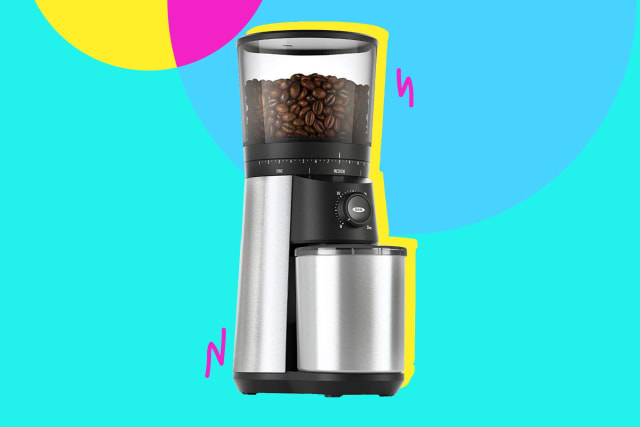
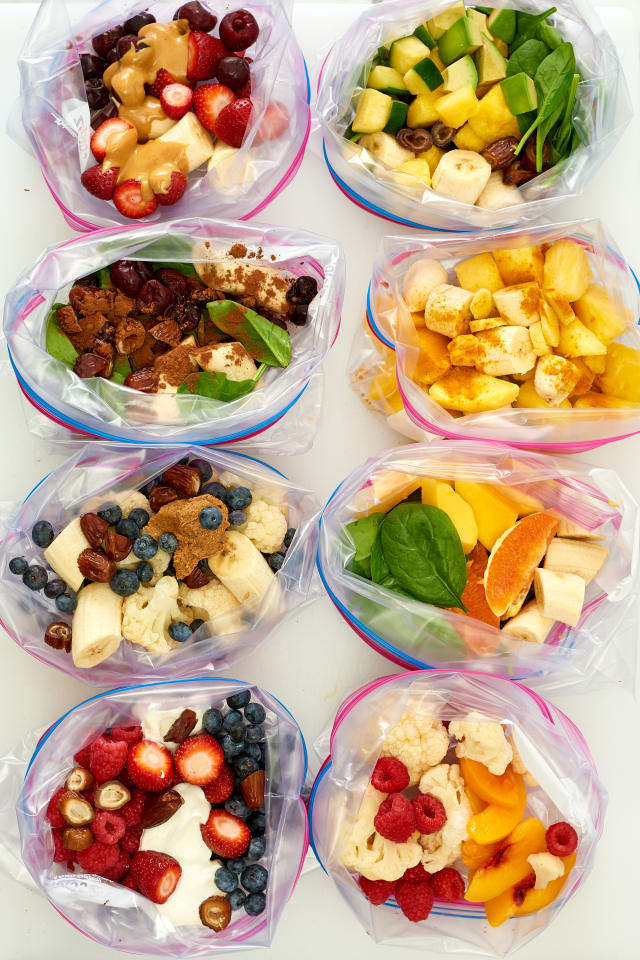
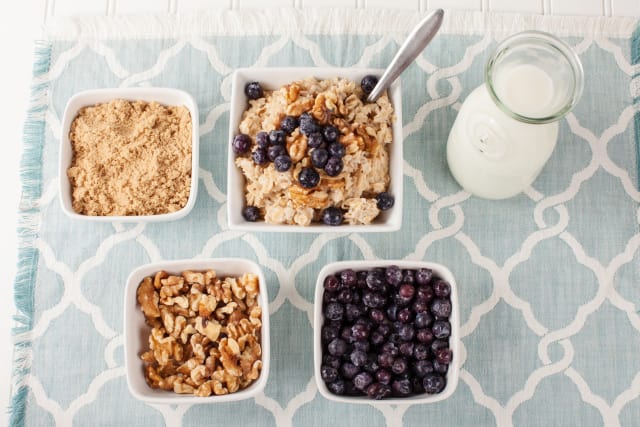

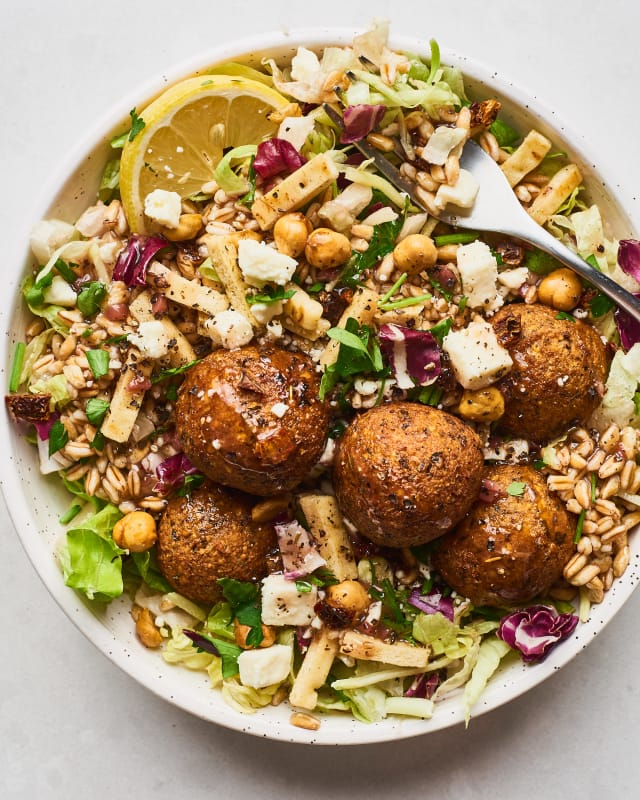
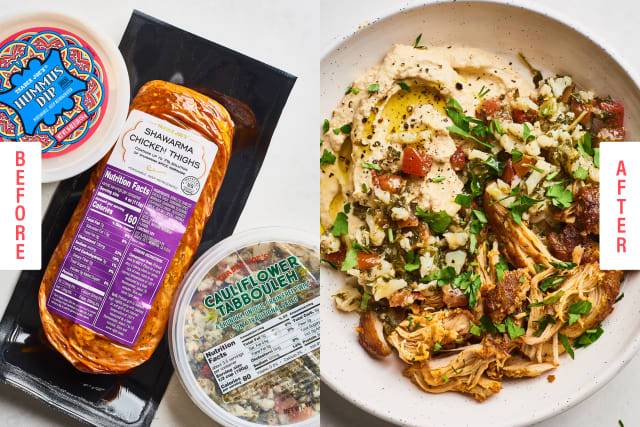


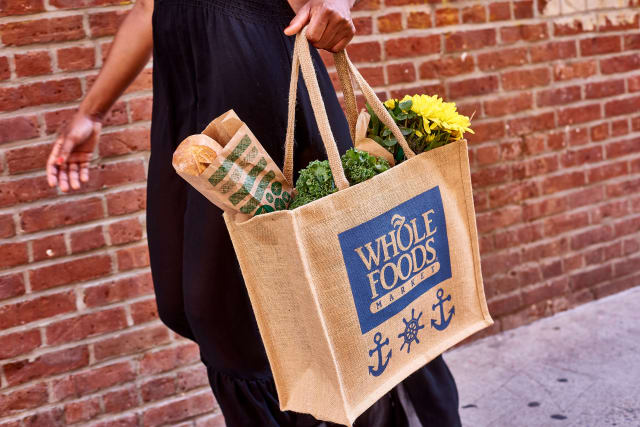
 For now classes are 6pm and 640pm at 2840 Wildwood st in the Boise Cloggers studio.
Book your class NOW!
click this ==>
For now classes are 6pm and 640pm at 2840 Wildwood st in the Boise Cloggers studio.
Book your class NOW!
click this ==>








